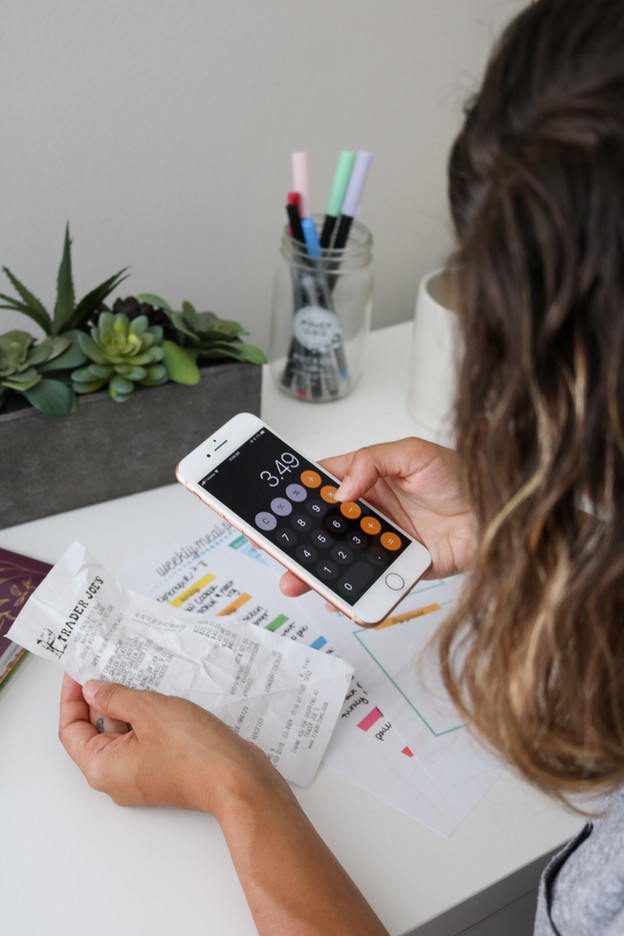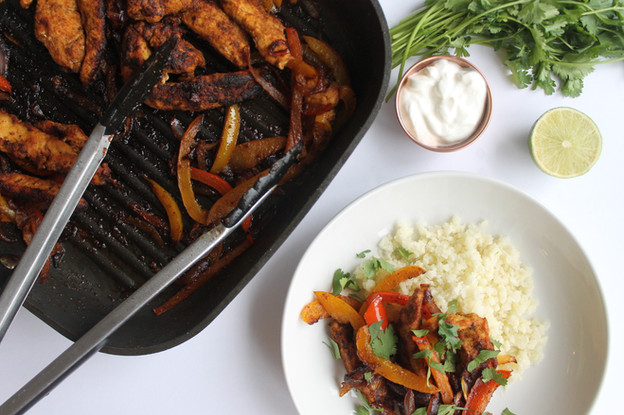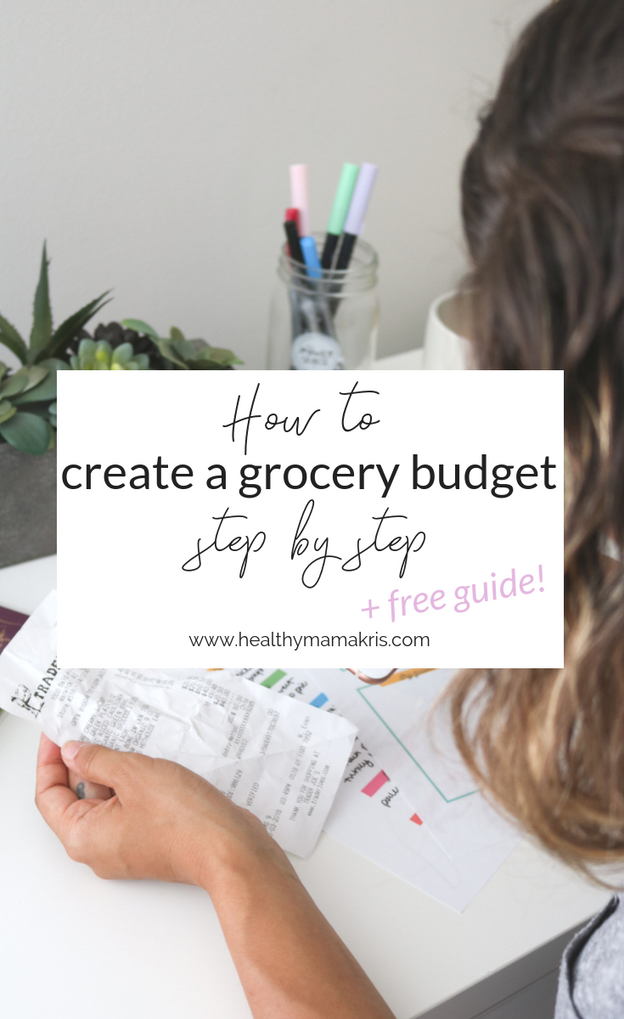
Oh, budgets. Everyone’s favorite topic, right? But despite being one of the least exciting parts about being an adult, budgeting is essential– especially when it comes to food. There aren’t many of us with an unlimited amount of funds to buy whatever food (or anything else for that matter), we would like. Sure, part of it is prioritizing buying real foods because we know they’re important for ourselves and our family- but the reality is, most of us have budget constraints. I encounter far too many women who are convinced they can not eat healthy because they have a tight budget. And this so does not have to be the case! Just because you have budget constraints does not mean you can’t enjoy creating healthy, real foods for you and your family. Last week, I shared five tips for saving money on real food. Today I want to talk about HOW to create a food budget. Now- I am NO budgeting expert, over here! But this is what has worked for my family and many families I have worked with over the years to keep eating real food realistic.

How to Budget for Real Food
Step 1: Determine how much you have to spend. This part is 100% up to you, your budget and what your family deems important. I do believe eating good food should be a priority, however it needn’t mean you need to re-mortgage your home over it. The easiest way to determine how much you have to spend on food is to:
1. Budget your fixed expenses. This is, taking your monthly income and subtracting everything that is absolutely necessary (rent/mortgage, car payment, childcare).
2. Take what is left, and divide it between essential non-fixed expenses (gas, personal care, food). Some of these are easier than others- you can estimate gas money, but you might need to adjust some non-essentials if you want to spend more money on food.

Step 2: Decide how you are going to divide that money up. Once you have a general idea of how much money you have to spend on food, you can decide how you want to divide it up. Here are a few things to think about:
1. Am I using a monthly service for staples, like Butcherbox for meat or Thrive Market for pantry essentials? How much do I have to spend there?
2. Do I have a bulk membership that I use? How often will I spend there (it’s usually more costly in the short term when you shop at bulk stores, but it SHOULD save money in the long run).
3. Am I going to shop weekly, bi weekly or monthly? Once you have an idea of where and when you are going to shop, subtract monthly expenses, and divide the rest up by how often you want to shop- viola, your grocery budget.
Step 3: Track your food expenses and make adjustments as needed. I KNOW this is typically the least exciting part of creating a food budget (ok, let’s be real- budgeting isn’t exactly exciting, unless of course you’re one of Dave Ramsey’s ‘nerds’ (like me). But this part still gets me. You mean I should track– everything?! Yes, everything. Not every month, no one would stick to a food budget that way! But take a month and track everything you buy for food- yes, even that apple from the gas station (we’re giving you the benefit of the doubt that it’s an apple!). This will give you an accurate view of exactly what you’re spending on and allow you to be realistic with your budget and make changes so that you stay on track, prioritize the things that are most important and shave down the things that aren’t (‘real food’ packaged snacks, etc).
Want some more help eating real food on a budget? I created a free guide just for you ALL about budgeting for real food! It’s 20 pages of tips on shopping for and eating real food on a budget (with a special meal plan and some recipes attached, too!)
FREE GUIDE: Healthy Mama on a Budget
No purchase required. Enter your name and email and the link to download will be provided immediately.


Leave a Reply Cancel reply
5-day series: how to get started with meal prep for easier meals
free email series
©️ 2025 Kristin Dovbniak for Healthy Mama Kris | Template by Maya Palmer Designs | Privacy Policy | Terms
